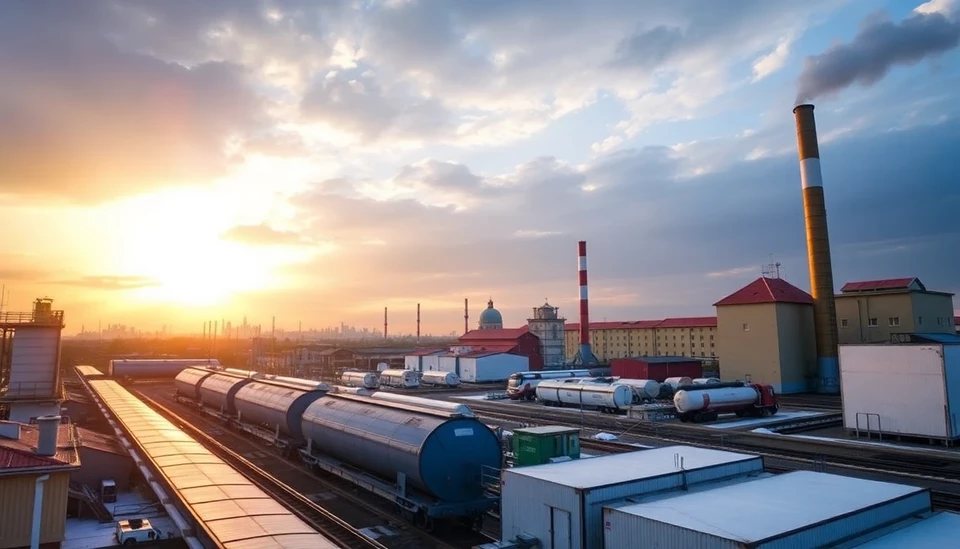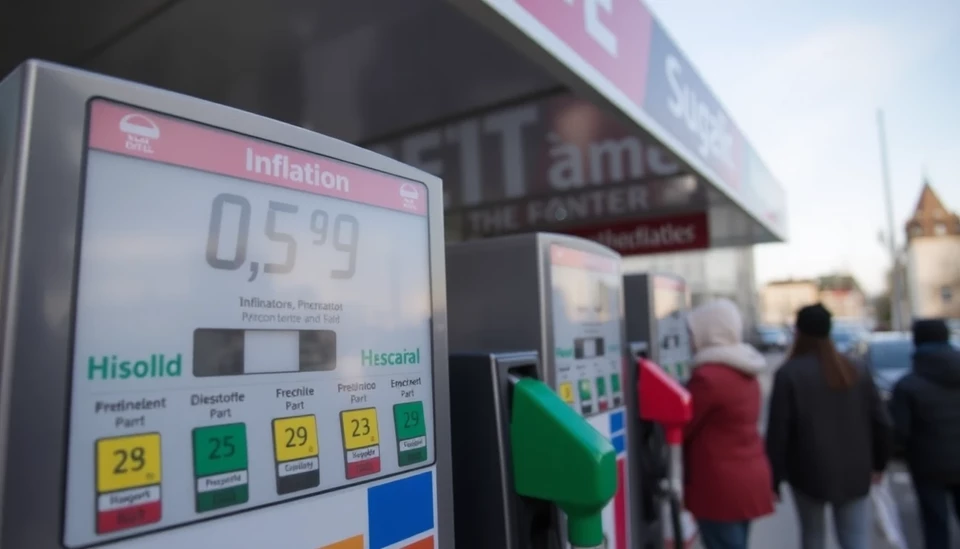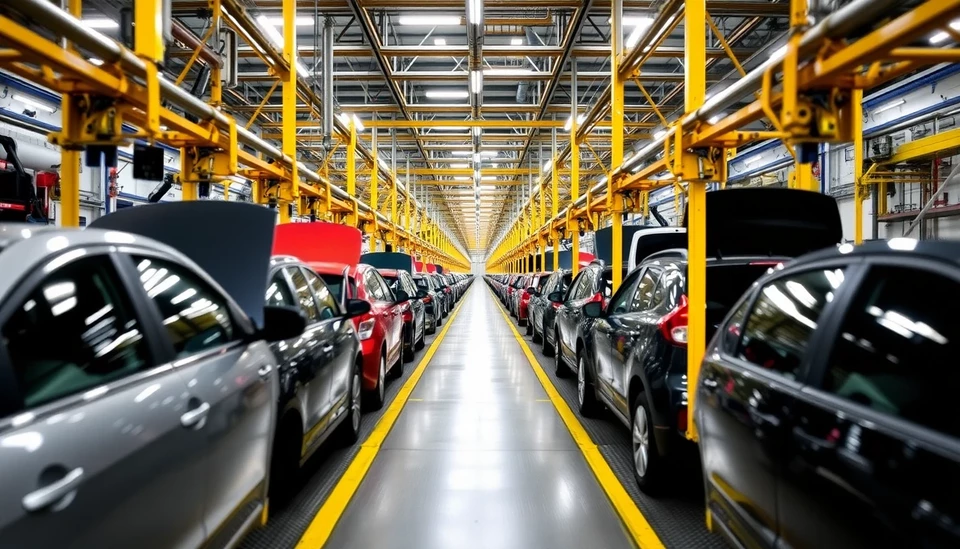
Hungary's industrial production has experienced a significant setback, marking a decline for the ninth month in a row. Recent data indicates that the country's manufacturing output fell unexpectedly in December, raising concerns over the broader economic recovery amidst lingering challenges. The downturn, attributed to various economic pressures, is complicating the recovery efforts in Hungary's industrial landscape.
The Hungarian Central Statistical Office revealed that industrial output dropped by 1.6% year-on-year, highlighting a persistent trend of contraction. This decline not only marks a continuation of previous months' setbacks but also adds to the uncertainty surrounding Hungary's economic health as it navigates a turbulent global market.
Experts are particularly focused on the implications of this extended decline, pointing to various factors that may be behind the slump. One such factor is the slowdown in the automotive sector, which has traditionally been a cornerstone of Hungary's manufacturing strength. Supply chain disruptions and decreasing demand for automobiles have hit the sector hard, contributing to the overall decrease in industrial activity.
In addition to the automotive industry's struggles, other sectors are also reporting lackluster performance. The construction sector, which had seen a temporary boost earlier in the year, is now facing headwinds due to rising material costs and labor shortages, further complicating the recovery situation. Analysts are urging the Hungarian government to implement measures aimed at stimulating growth across these critical industries to avert the impending risks of a prolonged economic downturn.
The government has introduced various initiatives, including tax incentives and financial support for businesses, to bolster activity within the manufacturing sector. However, the effectiveness of these measures remains to be seen as companies continue to grapple with external factors beyond their control, such as fluctuating energy prices and geopolitical tensions that affect trade dynamics.
As 2023 progresses, stakeholders are watching closely to see if Hungary can pivot from this downward trajectory. The road to recovery appears complex and fraught with challenges, including the potential for further production declines if current trends continue. The economic outlook will depend on both domestic policy responses and global economic conditions, highlighting the interconnectedness of today’s economic environment.
While the industrial downturn is a significant concern for economists and industry leaders alike, some analysts express cautious optimism. They suggest that a rebound is possible if key sectors can stabilize and regain momentum. Nevertheless, for the time being, Hungary's industrial landscape is navigating a period of uncertainty, with recovery efforts facing immense hurdles.
As Hungary's industrial sector continues to grapple with these ongoing challenges, the focus will remain on strategies for fostering resilience and adaptability in the face of adversity. Industry-watchers will no doubt continue to track the situation closely, looking for indicators that suggest a shift toward recovery as the country seeks to reclaim its position in the manufacturing sphere.
#Hungary #IndustrialSector #EconomicRecovery #Manufacturing #AutomotiveIndustry #EconomicOutlook #SupplyChain #GeopoliticalTensions
Author: Laura Mitchell




